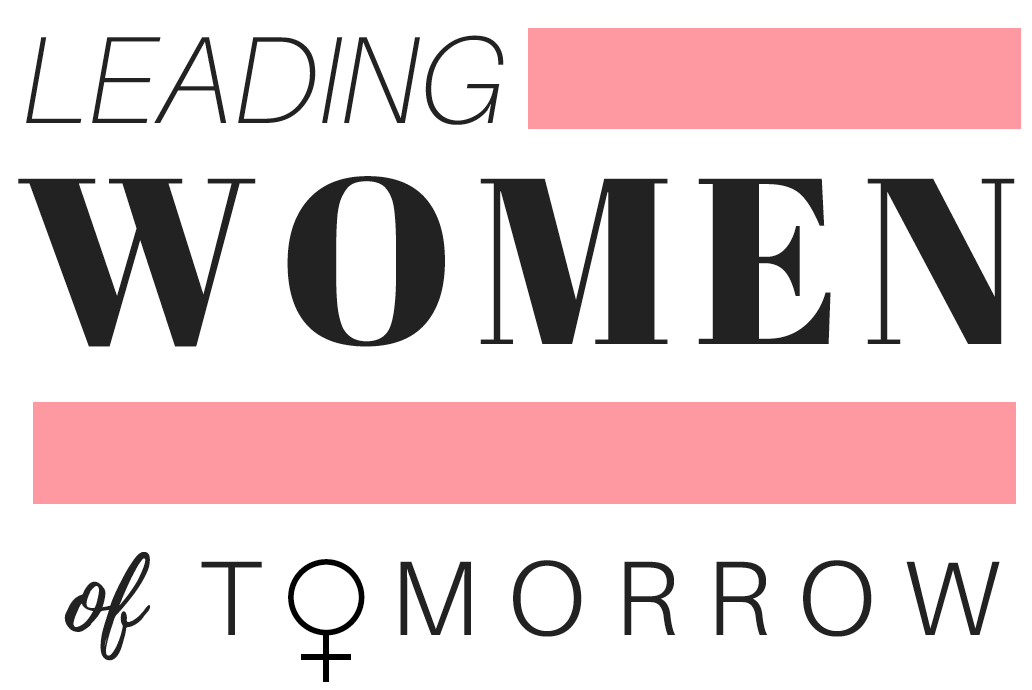An Analysis of the Representation of Women with Disabilities in Politics
Women comprise a marginalized group that are often discriminated against as a result of gender identity, yet there are additional nuances to the oppression faced by this population. Composed of numerous identities that formulate a person, minorities have the unfortunate lived experience of double oppression when their identities allow it. Women with disabilities are just one example of individuals whose selfhood places them at the intersection of oppression.
Current estimations place one in five women with having a disability, occupying a generous percentage of the population. To this regard, it would not be unreasonable to assume the correct precautions are being explored to ensure that this significant populace of women would be supported in order to facilitate equal opportunity and combat systems of oppression at their conception; however, this assumption would be incorrect. As we reflect upon disability communities, it is important that we explore how the obtainment of numerous identities can and will actively maximize the ableism received by an individual depending on what their intersecting identities are.
For women with disabilities, their double oppression materializes in a number of ways:
Gender based violence and stigma experienced at higher rates, including but not limited to actions of sexual abuse, domestic violence, psychological violence, neglect, forced marriage, and forced sterilization;
Child custody parameters that do not protect disabled mothers, often leading to the loss of their child;
Minimal access to resources such as healthcare;
Higher rates of poor education and illiteracy;
Barriers to occupying a high paying and well-respected position with the workplace;
Accessibility challenges that increase the difficulty of everyday tasks catered to the experience of able-bodied individuals;
Social stigmas that are subconsciously sustained, most prevalently taking shape as the infantilization of disabled women.
Furthermore, these aforementioned barriers apply singularly to the everyday lives of women with disablements. Should one of these women wish to occupy a position of political leadership or seek out an influential passion that places her within the public eye, there are additional considerations of oppression to be analyzed and taken into account. With a severe underrepresentation of disabled women in politics and a lack of academic conversation taking place centering this community of women, the cyclical conversation of disability representation will continue to be surface level as no real change is being enacted. If given the opportunity, utilize your platforms to uplift the experiences and voices of disabled women, support organizations supporting women with these identities (such as Women Enabled International, International Disability Alliance, Disabled Women Development Organization, and the Women’s Institute on Leadership and Disability), conduct research on the implications of these intersecting identities, and – most importantly – actively work to deconstruct your internalized biases so that we can begin to work towards a society that is more inclusive of all gender identities and all statuses of ability.
SOURCE: UN WOMEN

